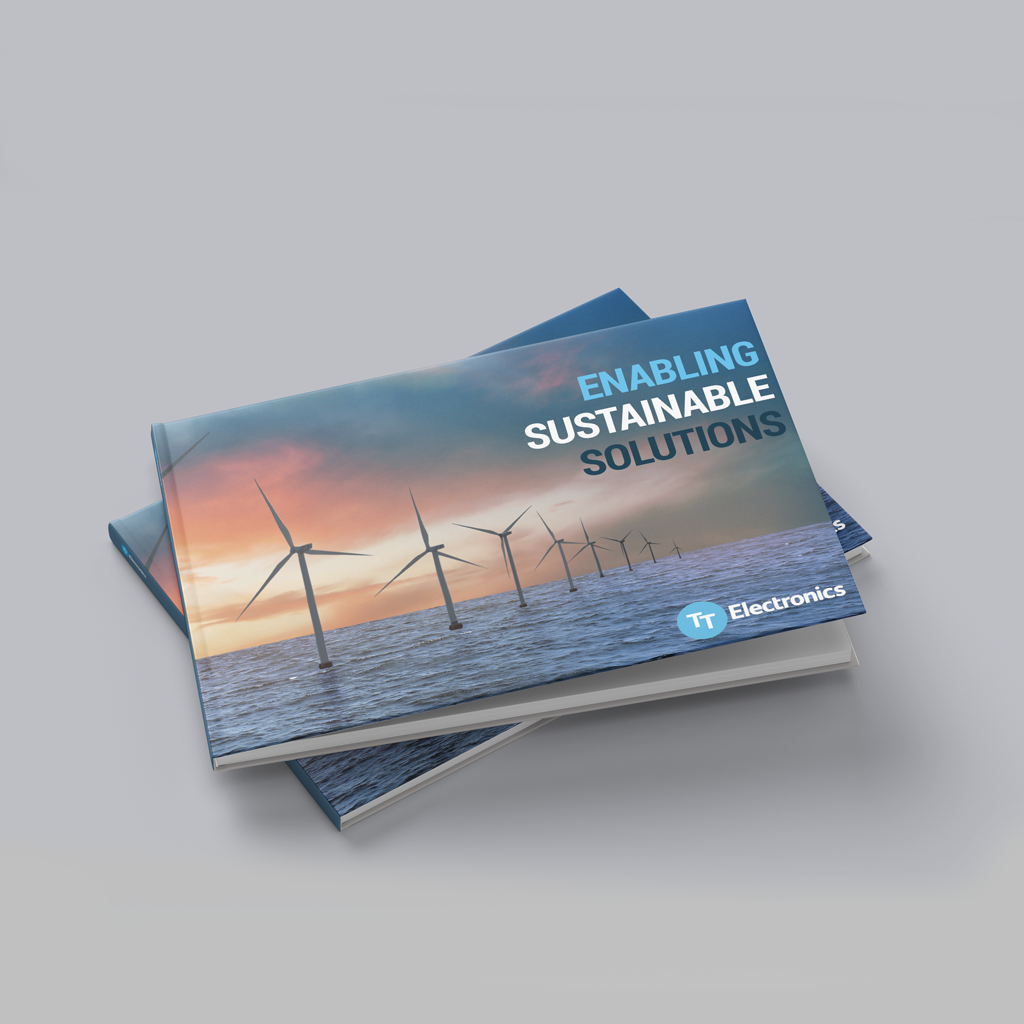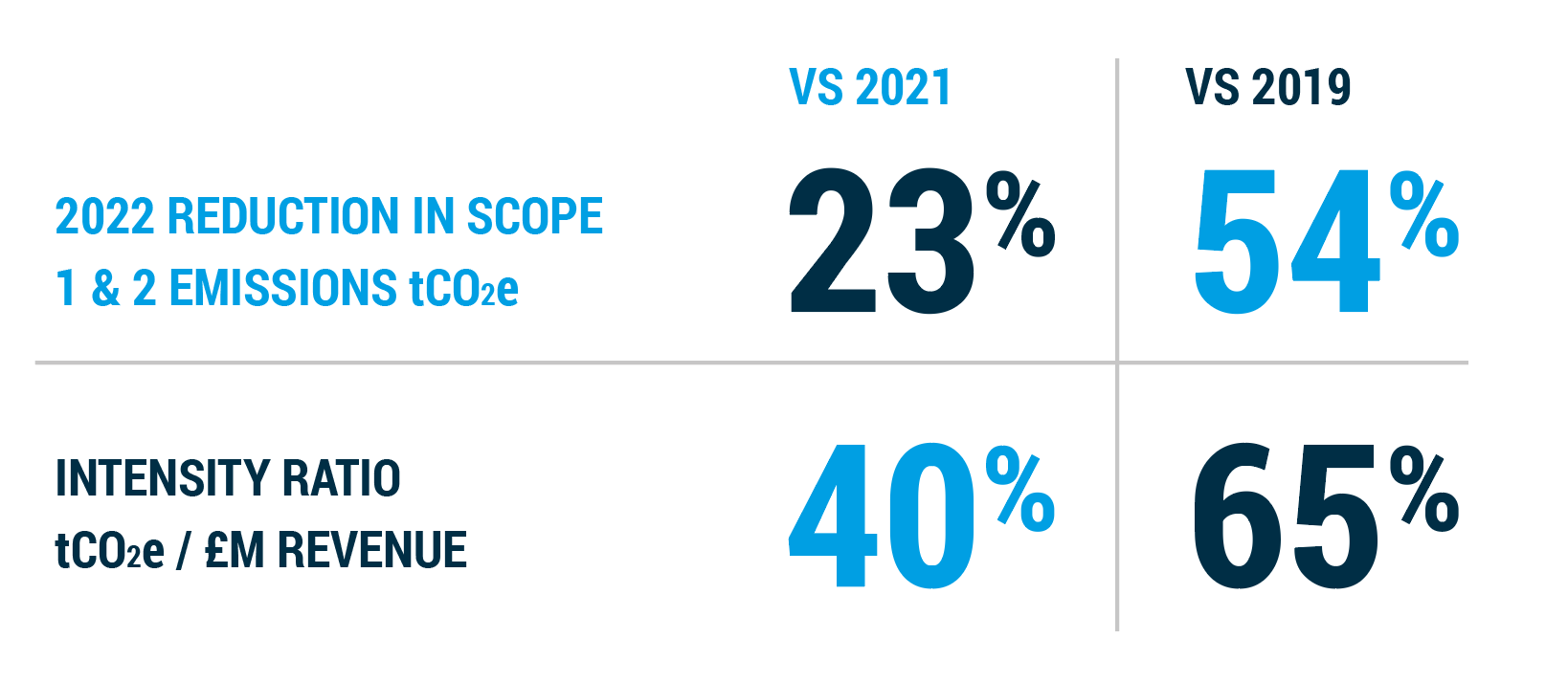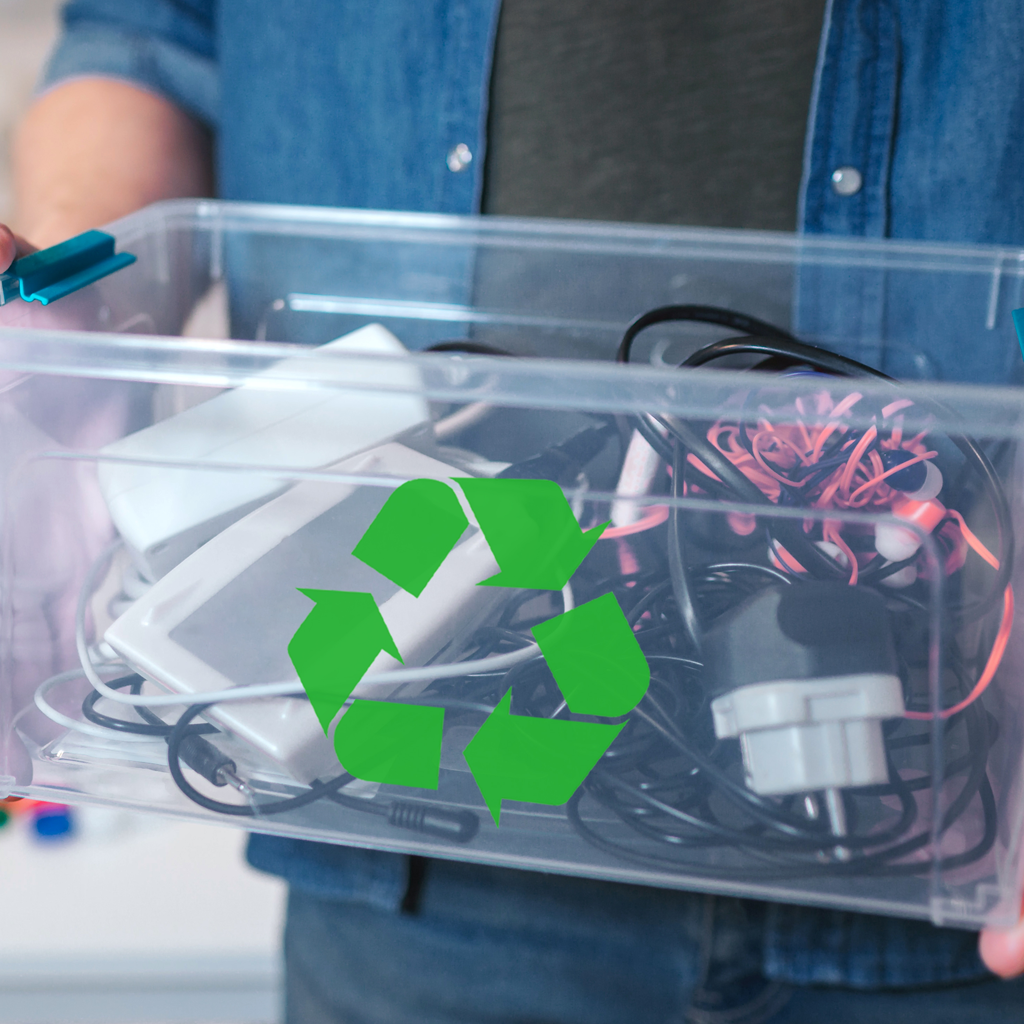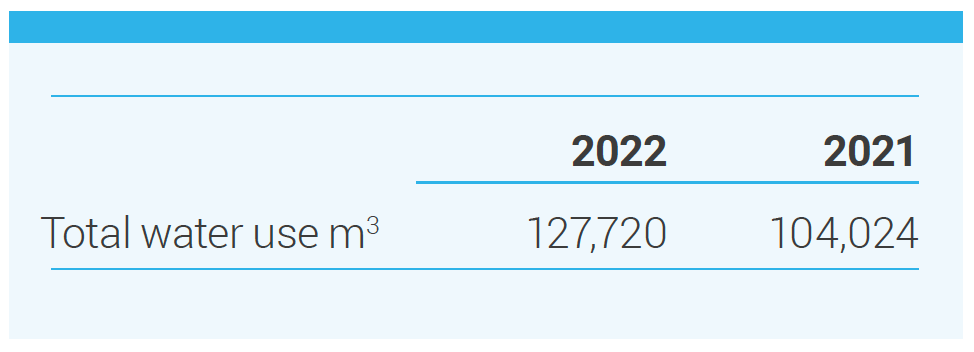Scope 3 Emissions
In 2022 we made significant progress in the assessment of Scope 3 emissions, as previously committed.
We assessed all 15 categories and determined that six categories are not applicable to TT operations and therefore will not be measured or reported. These are: Category 3: Fuel and energy-related activities; Category 8: Upstream leased assets; Category 10: Processing of sold products; Category 13: Downstream leased assets; Category 14: Franchises; and Category 15: Investments.
In assessing and making preliminary measurements on 9 categories we determined that three of these are not possible or in any way reasonably meaningful for us to measure. We will continue to assess these categories to ascertain if there might be other alternative measurement approaches that could yield meaningful results. As a result, we will not measure or report the following categories: Category 2: Capital goods: Category 11: Use of sold products: Category 12: End of life treatment of sold products:
This leaves six categories that we believe are applicable to our operations. We commit to formalising our measurements and building an infrastructure that allows us to collect data in a meaningful way that is in line with the GHG Protocol in 2023. We will use this data to set a Baseline and publish emissions reduction targets.
These categories are:
Category 1: Purchased goods and services
We have implemented a process to assess and measure our supply chain.
Category 4: Upstream transportation and distribution
We have partnered with customers, suppliers and logistics providers to gain access to emissions data.
Category 5: Waste generated in operations.
We have constructed a robust system to measure and report all of our waste streams at our facilities.
Category 6: Business travel
We have partnered with centralised travel providers to gain access to emissions data.
Category 7: Employee commuting
We will calculate these emissions centrally taking into consideration employee data and GHG Protocol guidance.
Category 9: Downstream transportation and distribution
We have partnered with customers, suppliers and logistics providers to gain access to emissions data.










